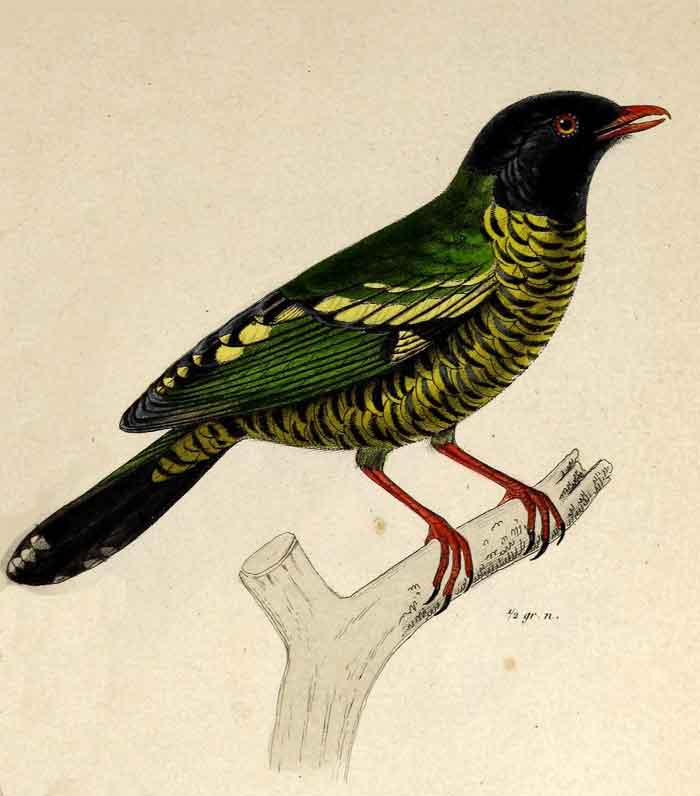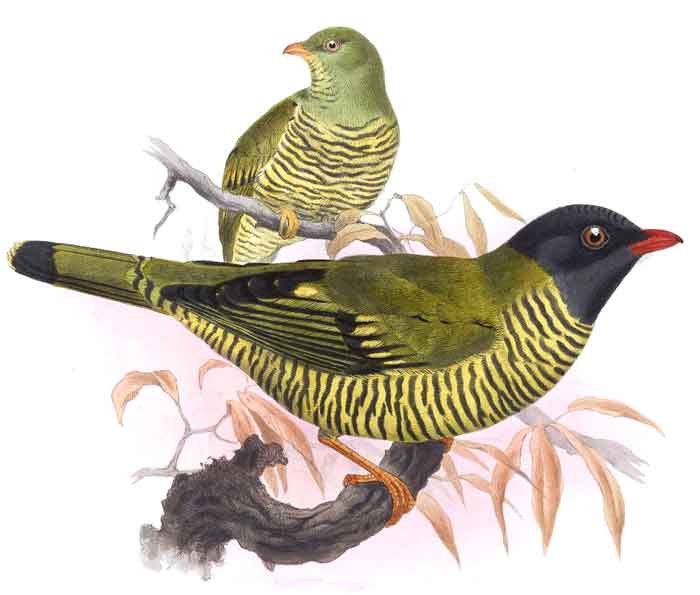
Superregnum: Eukaryota
Cladus: Unikonta
Cladus: Opisthokonta
Cladus: Holozoa
Regnum: Animalia
Subregnum: Eumetazoa
Cladus: Bilateria
Cladus: Nephrozoa
Superphylum: Deuterostomia
Phylum: Chordata
Subphylum: Vertebrata
Infraphylum: Gnathostomata
Megaclassis: Osteichthyes
Cladus: Sarcopterygii
Cladus: Rhipidistia
Cladus: Tetrapodomorpha
Cladus: Eotetrapodiformes
Cladus: Elpistostegalia
Superclassis: Tetrapoda
Cladus: Reptiliomorpha
Cladus: Amniota
Classis: Reptilia
Cladus: Eureptilia
Cladus: Romeriida
Subclassis: Diapsida
Cladus: Sauria
Infraclassis: Archosauromorpha
Cladus: Crurotarsi
Divisio: Archosauria
Cladus: Avemetatarsalia
Cladus: Ornithodira
Subtaxon: Dinosauromorpha
Cladus: Dinosauriformes
Cladus: Dracohors
Cladus: Dinosauria
Cladus: Saurischia
Cladus: Eusaurischia
Subordo: Theropoda
Cladus: Neotheropoda
Cladus: Averostra
Cladus: Tetanurae
Cladus: Avetheropoda
Cladus: Coelurosauria
Cladus: Tyrannoraptora
Cladus: Maniraptoromorpha
Cladus: Maniraptoriformes
Cladus: Maniraptora
Cladus: Pennaraptora
Cladus: Paraves
Cladus: Eumaniraptora
Cladus: Avialae
Infraclassis: Aves
Cladus: Avebrevicauda
Cladus: Pygostylia
Cladus: Ornithothoraces
Cladus: Ornithuromorpha
Cladus: Carinatae
Parvclassis: Neornithes
Cohors: Neognathae
Cladus: Neoaves
Cladus: Telluraves
Cladus: Australaves
Ordo: Passeriformes
Subordo: Tyranni
Infraordo: Tyrannides
Parvordo: Tyrannida
Familia: Cotingidae
Genus: Pipreola
Species: Pipreola arcuata
Subspecies: P. a. arcuata – P. a. viridicauda
Name
Pipreola arcuata (Lafresnaye, 1843)
Type locality: Bogotá, Colombia
Synonymy
Ampelis arcuata (protonym)
References
de Lafresnaye, F. 1843. Quelques nouvelles espèces d'Oiseaux. Revue Zoologique par la Société Cuviérienne 6: 97–99. BHL Reference page. p. 98
Vernacular names
English: Barred fruiteater
español: Frutero barrado

The barred fruiteater (Pipreola arcuata) is a species of bird in the family Cotingidae, found in Bolivia, Colombia, Ecuador, Peru, and Venezuela. Its natural habitat is subtropical or tropical moist montane forests. The population is stable, and they are considered common.[2]
Description
Illustration by Joseph Smit
This bird is the largest of the fruiteaters and the only one with barred underparts in both sexes. It is a dumpy, rather sluggish bird, growing to a length of 23 cm (9 in). The male has a glossy black head and throat, and the remainder of the upper parts is greenish-brown. The tail is tipped with black and the wings have large areas of yellowish spotting. The underparts are finely barred in black and pale yellow. The head, throat and upper parts of the female are entirely greenish-brown and the underparts are similar to those of the male. Birds at the northern end of the range have orange-red irises while those at the southern end are pale grey or olive. The legs and beak are orange-red. The song is a faint, high-pitched "seeeeeeeh".[3]
Distribution
The barred fruiteater is native to mountainous parts of South America. Its range extends from Venezuela, Colombia and Ecuador to Peru and Bolivia and its altitudinal range is from 2,250 to 3,300 metres (7,400 to 10,800 ft), going higher than any other fruiteater.[3] It usually moves through the forest singly or in pairs, but at particularly fruitful trees, several birds may congregate.[3]
Status
Pipreola arcuata has a very wide range and is common over much of that area. The total area of occupancy is about 259,000 square kilometres (100,000 sq mi).[2] Its population seems to be steady, and the International Union for Conservation of Nature has assessed its conservation status as being of "least concern".[1]
References
BirdLife International (2016). "Pipreola arcuata". IUCN Red List of Threatened Species. 2016: e.T22700788A93796596. doi:10.2305/IUCN.UK.2016-3.RLTS.T22700788A93796596.en. Retrieved 17 November 2021.
Species factsheet: Barred fruiteater Pipreola arcuata BirdLife International.
Ridgely, Robert S.; Tudor, Guy (2009). Field Guide to the Songbirds of South America: The Passerines. University of Texas Press. p. 504. ISBN 978-0-292-71748-0.
Retrieved from "http://en.wikipedia.org/"
All text is available under the terms of the GNU Free Documentation License

